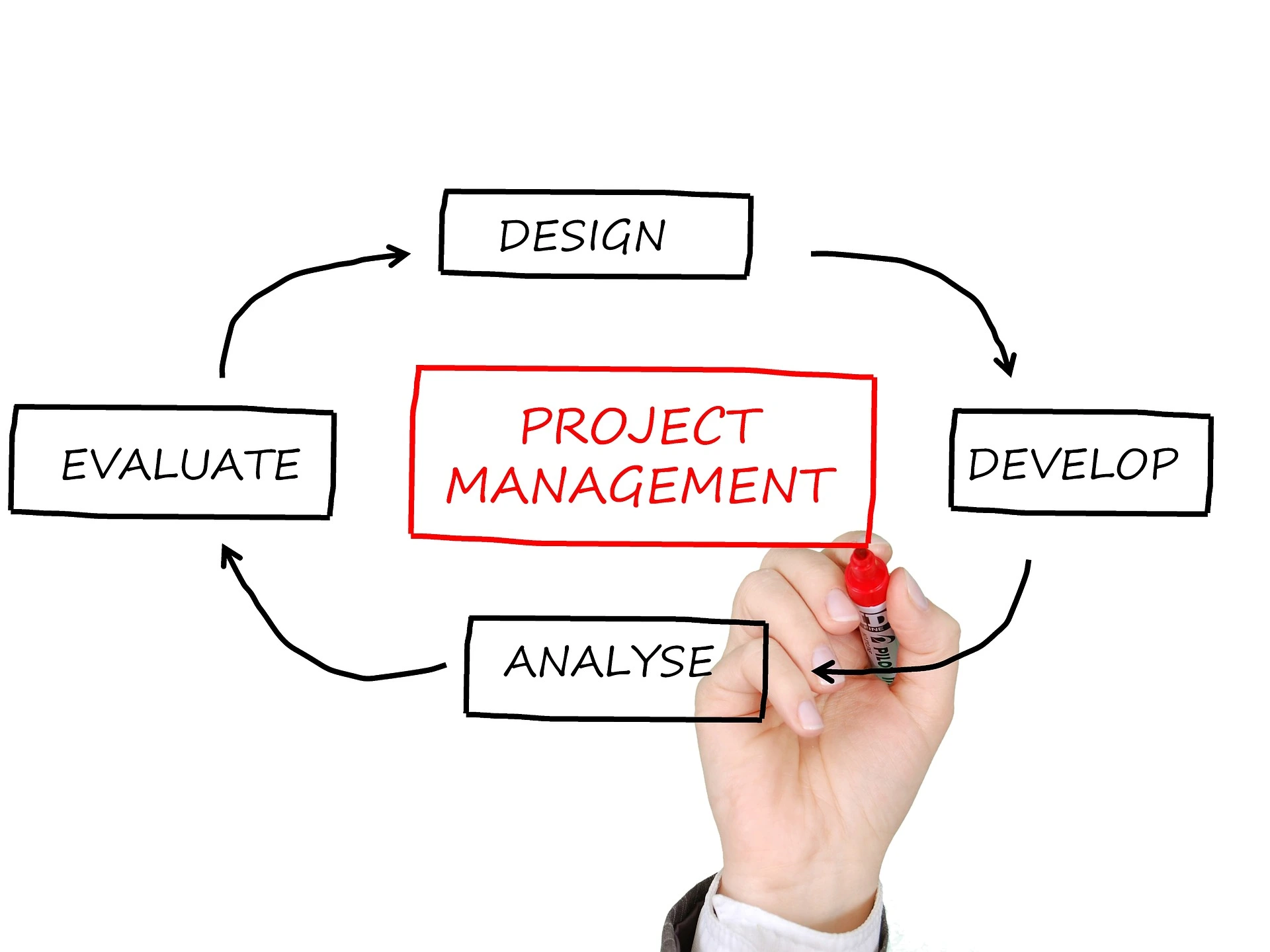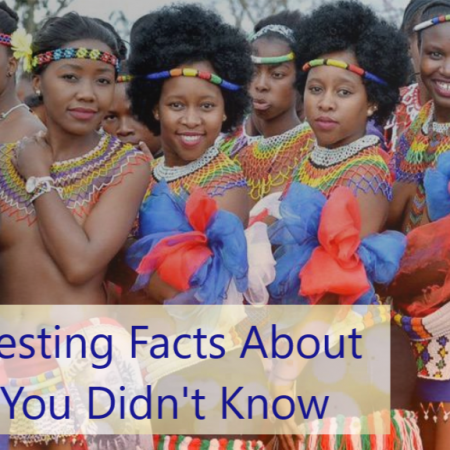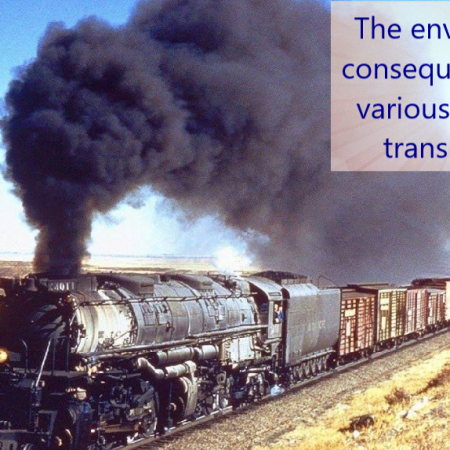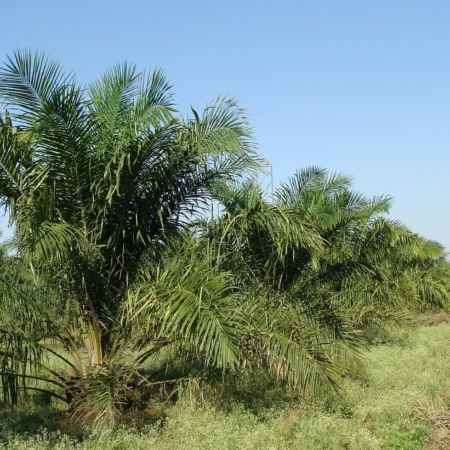How can we assess the needs of the community?
How can we assess the needs of the community?
Table of Content
Introduction
Different Needs Assessment Techniques
- Research and data collection
- Individual Techniques
- Group Techniques
INTRODUCTION
The different components of the overall needs assessment require different methods of data collection. For example, felt needs can often be best assessed through Participatory/Rapid Rural Assessment (P/RRA).
In contrast to this, normative needs are often determined through the collection of quantitative data and reference to various standards (water quality, infant mortality rates, etc), including those maintained by the government and other agencies. These methods for assessing different types of needs are complementary, and should be used together: neither method of collecting information is sufficient in isolation.
Many development projects will employ a professional team of managers who will collect scientific data and use other methods to assess needs. Whatever the case, needs assessments should be as realistic and accurate as possible by ensuring community participation. Many different tools can be used to assess needs. Community and development activists are well placed to help with needs assessments and to make sure that the voices of the poor and marginalized are heard.
Your needs assessment work is not meant to replace quantitative surveys and other traditional methods for data gathering; rather it complements these professional methods with practical and useful information on the perceptions of a community to inform Project Managers and policymakers. Needs Assessment is done by investigation and evaluation that relies mainly on methods such as:
DIFFERENT NEEDS ASSESSMENT TECHNIQUES
a). Research and data collection
Information is collected about the facts that will influence decisions. For example, if the project involves sanitation, facts will be collected about the number of people involved, the affordable level of services, the ongoing operational costs, the availability of water and sewage works, etc. Most of the research and data collection will be done by professionals like engineers and technical staff.
There are different data-collecting techniques available for carrying out a needs assessment. These techniques are discussed under four categories: individual, group, secondary source, and rapid rural appraisal.
b). Individual Techniques
Individual techniques involve collecting data from people one at a time. The people from whom the needs assessment data are collected do not interact with one another in the course of providing data. Individual techniques include face-to-face interviews, key informant interviews, questionnaires, informal personal observations, and formal personal observations.
Face-to-Face Interviews. This technique is appropriate when dealing with less literate audiences or complex issues about which there is little available information.
Both structured and unstructured questions are appropriate for face-to-face interviews, depending on the issues involved and the time available for the interviews.
Key Informant Interviews.
Key informants are people who are considered experts in a given area because of their professional knowledge or their position of influence in the community or organization. Examples include teachers, religious leaders, grass-roots workers, and traditional and political leaders. There is evidence to show that interviewing several of these categories of informants yields fairly accurate information about the problems and needs of the community at large. Key informants are particularly useful if the needs assessment has to be done fast, using a limited budget.
- Structured surveys and interviews, around key themes or topics
A good way of measuring community opinion is to do a survey or interviews with lots of people. This can be done by a professional team or a team of volunteers, activists, or ward committee members. We will learn how to design and do a basic survey that will provide scientifically reliable results.
Unstructured questions are useful when dealing with complex or sensitive issues which require probing to get accurate data. For example, small-scale farmers may not have a direct answer about how they budget their resources. However, if probed about what they do on a typical day or week, they may provide insights into their economic activities and therefore their needs.
- Focus group discussions or consultations with sectors of the community
Sometimes it is best to have meetings with affected groups so that issues can be explained and discussed in detail. We will learn how to run simple consultation meetings.
Questionnaires. questionnaires can be hand-delivered to respondents and collected after they have been completed.
Alternatively, one may take advantage of occasions such as an annual club or association meetings when potential respondents might come together. In this case, the questionnaires are presented to group members, who are asked to complete and return them before they leave.
Informal Personal Observations. Valuable needs assessment data often are gathered through informal observation. Fieldworkers see or experience a lot as they travel and work with farmers in the field.
If noted or remembered, this information can be used in the needs assessment. People in the habit of keeping diaries or writing notes to themselves are more likely to provide more accurate observational data for assessing needs.
c). Group Techniques
Group techniques allow participants to interact with one another during needs assessment activities. Information can be collected in writing or orally in a group setting such as a focus group, in both cases, successful needs assessment depends on competent leadership and on having participants who have both the knowledge and willingness to participate actively in the interactive group process (Caffarella, 1982).
Focus Group Interviews. Krueger (1994) defines a focus group interview as a technique in which a group of people who possess certain characteristics provides data of a qualitative nature in a focused discussion.
Focus Group
A method of interviewing a carefully selected small group of people, who participate in a pre-determined, focused discussion led by an experienced evaluator
Helpful when working to collect specific in-depth thoughts and opinions on a topic
Key Informant Interviews
Intensive interviewing with an individual who meets specific selection criteria based on their personal experience. It is a way to obtain in-depth information about feelings and perspectives
Community Meetings
Community meetings include gathering information about individuals in a target population or community
Surveys
A method of data collection that provides evaluators with specific information that can be used to create a statistical summary of the thoughts, beliefs, feelings, and opinions of a target population
Example of analysis of community problems through a focus group interview
A home economics extension agent noticed widespread signs of malnutrition (such as poor health and stunted growth) among children in a rural community of 2,000 households. The community produces a variety of food including poultry, livestock, fruits, and vegetables that are critical in diets for children. The community is served by one public health centre that functions fairly well in providing vaccinations and other basic medical services. Several drilled wells provide water for the residents.
The extension agent decided to carry out a needs assessment to explore the problem and to identify practical interventions to address it. The agent set the following objectives of the needs assessment: determining causes of malnutrition among children in the community and identifying measures to improve the situation. Focus group interviews were used because they provided an opportunity for the participants to engage in dialogue about the problem, its causes, and how to go about solving it (Krueger, 1994).
- Participatory rapid appraisal (PRA) and observation
A participatory appraisal is a set of tools that can be used to involve the community and get information from them. It is very useful in areas where much of the knowledge and facts you need are not written down anywhere. For example, if you are doing a farming development project in a rural community you can use these tools to find out what farming already takes place, who owns and controls resources and what land is suitable for what kinds of farming.
Key things you should find out
There are many ways to do a community profile. It is best to write down everything you find out
and to update it regularly – this should not just be a once-off assignment. A good community profile will help you to make sure you address the correct issues in your area.
Here is a broad list of the types of things you may want to know:
- The people in your ward and the problems they experience;
- The physical environment: natural environment, agroecological zones, climate, natural resources, major crops, livestock, constraints on food production, and susceptibility to natural disasters.
- Infrastructure: roads, schools, government facilities, health care facilities, schools, community centers, water and sanitation projects that are relevant to potential projects
- Human resources: education level, size/composition of the labour pool.
- Community life – what else is happening in the community?
The Situational Analysis
A situation refers to the general position or context that a person or organization is operating within at a specific point in time. A situation refers to the general state of things; or the combination of circumstances occurring at a given time.
The Situation analysis aims at describing, assessing, and describing problems and needs within an area and charting the local Resources available to do something about them.
The situation analysis is a comprehensive review of the situation at hand, providing an understanding of many contextual factors, such as the:
- Types and extent of violence against women and girls
- Needs within the population
- Strengths and weaknesses of the services available
- Laws, policies, and plans that exist to address the issue
- Resources available to address the issue
- Knowledge, attitudes, and practices of key actors within different sectors and the community
- Formal and informal systems of justice, conflict resolution, and leadership capacity and training opportunities for key officials in the security/police, justice, and health sectors(duty-bearers)
- Civil society and government actors/stakeholders working on the issue
- Existence and functioning of coordinated responses or referrals
- Perpetuating factors that contribute to the prevalence and incidents of violence against women and girls
- Prevention activities underway
(Adapted from Vann, 2002 and RHCR 2004)
A good initial situation analysis is necessary for good project implementation. Goals, activities, and resource inputs are all meaningless without understanding the context of the target group: the environment, values and relationships. All planning must therefore be based upon knowledge of the real situation and of the various factors which have formed it.
Situational analysis is an activity that can firmly link planning to the realities in the field, and thereby to the implementation of the project. The findings should guide and define the content of the project formulation. If this does not happen, a situation easily develops where what was planned is not implemented and what is implemented was not planned. The situational analysis attempts to broadly outline what the problem is, for whom, and why.
References
- A Practical Guide to Needs Assessment by Kavita Gupta, Catherine M. Sleezer. A Guide to Needs Assessment by World Bank, 2012.











Leave a Reply